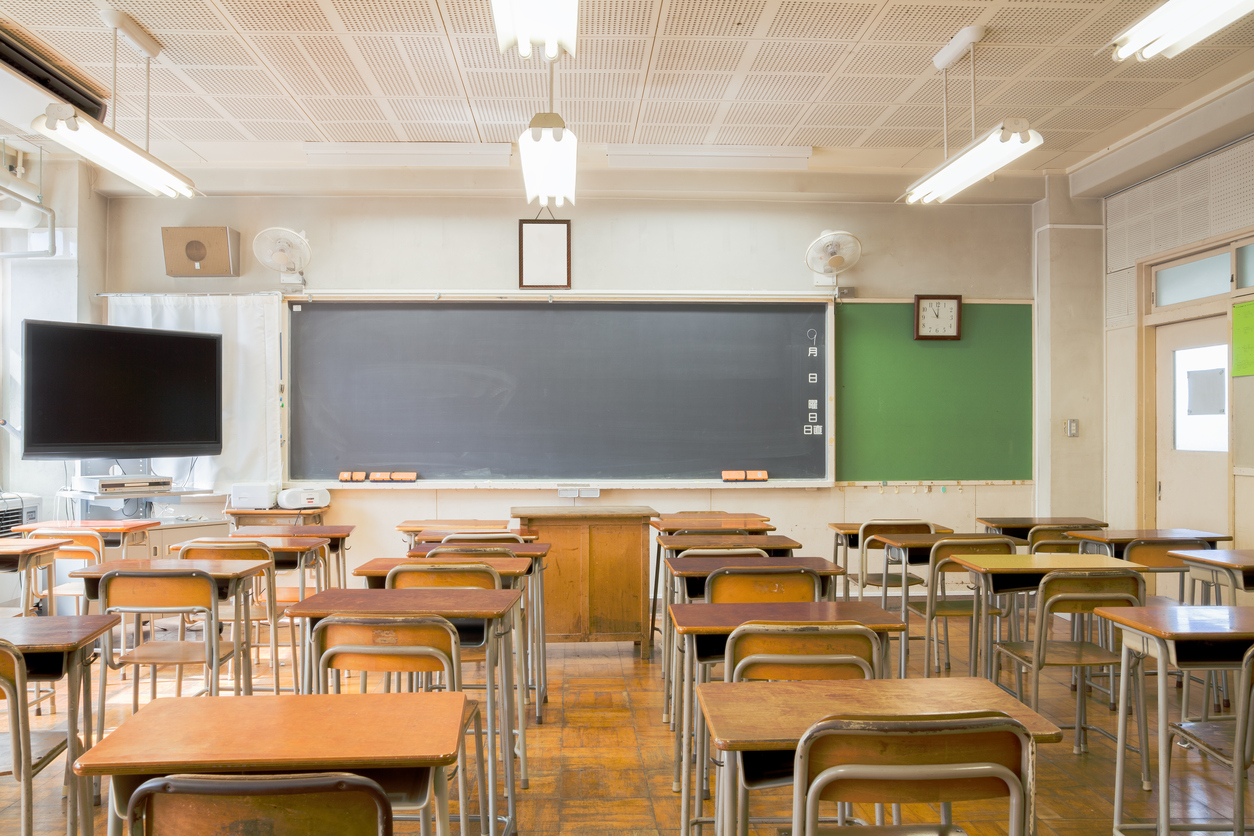This year, states are casting off No Child Left Behind’s one-size-fits-all schoolhouse shackles and experimenting with innovative ways to hold schools accountable. Some states are measuring school climate, access to advanced coursework, or socioemotional skills. But only California is planning to incentivize schools to put vulnerable students in harm’s way.
Under the Every Student Succeeds Act, which replaced NCLB, California plans on holding schools accountable for suspension rates. The higher the suspension rate, the lower the accountability score. The lower the score, the higher the risk of being labeled “failing” and targeted for state intervention.
If we learned one thing from NCLB, it’s that schools will game the system. Schools narrowed curriculum on tested subjects, taught to the test and sometimes outright cheated in what was called a “race to the bottom.”
Still, standardized tests are much harder to manipulate than suspension rates; all a school need do is suspend fewer misbehaving students. And under ESSA, 5 percent of schools must be labeled as failing. Schools near that mark will have the incentive to lower suspensions, with the knowledge that other schools have that incentive as well. So, while other states are using ESSA to reclaim a well-rounded education, California risks going from a race to the bottom to having the bottom drop out altogether, as struggling schools compete to lower disciplinary standards.
Over the last few years, many major urban districts have sharply curtailed student suspensions, and the results haven’t been pretty.
After Chicago made school leaders ask permission from the district office for long-term suspensions for nonviolent misbehavior, researchers at the University of Chicago documented that teachers reported more disruptive classrooms and students reported less peer respect.
After New York made principals ask permission for short-term suspensions for nonviolent misbehavior, I documented that, at half of all schools surveyed, students reported more frequent physical fighting and lower levels of peer respect, with the worst effects felt in schools serving 90-plus percent minority students.
And after Los Angeles eliminated suspensions for nonviolent “willful defiance,” the portion of students who said they felt safe in their school plummeted from 72 percent to 60 percent.
Rather than re-evaluate L.A.’s example, the California Legislature forced all schools to follow suit. So, whereas the negative developments in L.A., Chicago and New York City came from limits on suspensions for nonviolent offenses, under California’s proposed ESSA plan, schools will have an incentive to let violence go unpunished altogether.
Unfortunately, this isn’t uncharted territory. After former President Barack Obama’s Education Department took action against Oklahoma City schools for disparate suspension rates, one teacher said she was “told that referrals would not require suspension unless there was blood.” If California follows through on its plan, such a memo might well go out statewide.
Still, advocates dismiss that risk and insist that limiting suspensions will serve the cause of social justice. Because suspensions are correlated with dropouts and other negative outcomes, they insist that limiting suspensions will clamp down on the “school-to-prison pipeline.” Never mind that correlation is not causation, and there’s actually no evidence that suspensions cause harm.
Though, if you wanted to design a “school-to-prison pipeline” from scratch, it’s hard to imagine a better blueprint than telling kids they can’t be punished for anything, and that their teachers’ disciplinary judgment can’t be trusted because it’s so tainted by implicit racial bias that the government has to supersede it.
Even as ideologically-driven national teacher union leaders decry “exclusionary discipline” and tout “restorative justice” guided dialogue as an alternative, local union leaders complain that teachers’ hands are tied and new training never arrives. Eric Meyers, president of the Stockton Teachers Association, said that the restrictions already imposed on his teachers “create a lot more chaos in the classroom.” According to a recent poll, 40 percent of California teachers say they’ve received “little or no” training on restorative justice, and nine in 10 say they haven’t received enough training to do it well.
Whatever the theoretical merit of shifting from “exclusionary” to “restorative” discipline, the shift can only work if teachers have the flexibility and support for conscientious, incremental adjustments. And that won’t happen if, instead of being motivated by doing what’s best for their students, teachers are acting out of fear of being punished themselves.
The draft plan released this month doesn’t need to be submitted to the U.S. Department of Education until September. Hopefully, between now and then, more sober minds will prevail, lest California education bureaucrats give struggling schools an incentive to become less safe.
This piece originally appeared in the Orange County Register
______________________
Max Eden is a senior fellow at the Manhattan Institute. Follow him on Twitter here.
This piece originally appeared in Orange County Register
